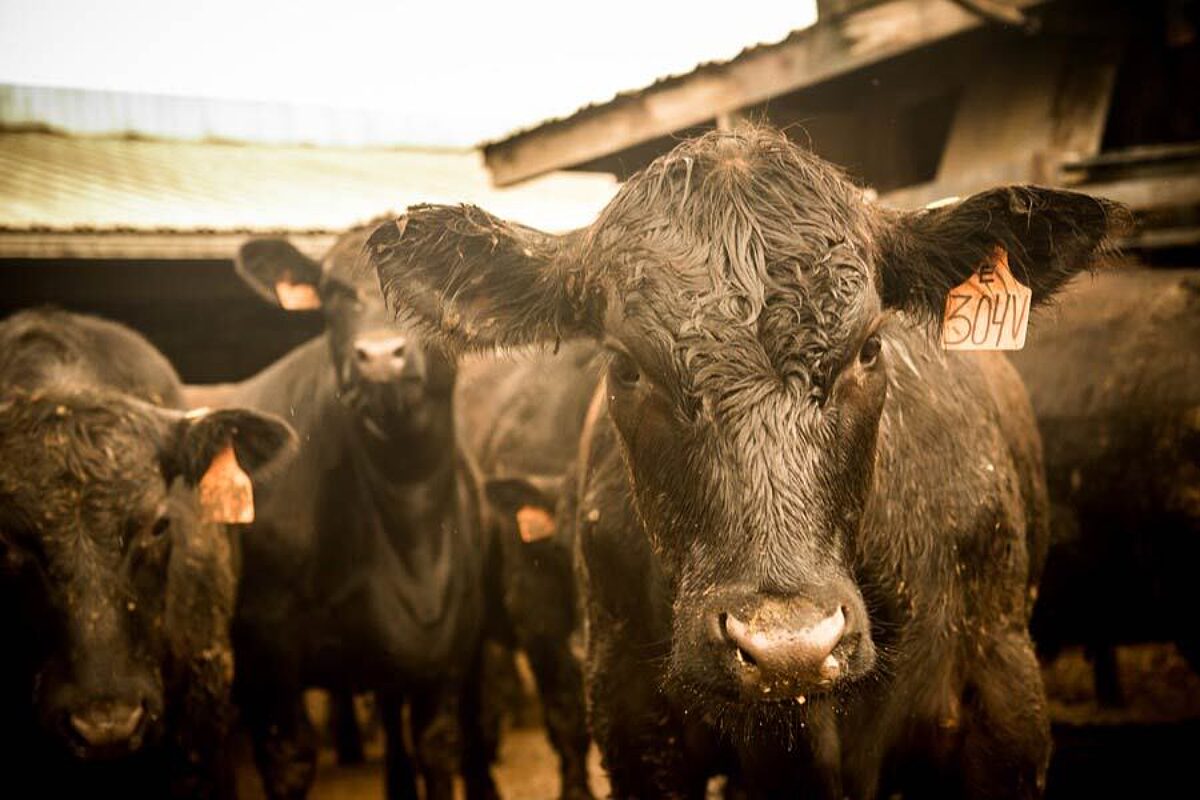Farm Bureau, Livestock Groups Request Waiver for Logging Device Mandate
Erin Anthony
Director, Communications

photo credit: AFBF Photo
Erin Anthony
Director, Communications
Concerned about livestock haulers’ readiness to comply with a problematic electronic logging device mandate, as well as how the mandate will affect the transported animals’ well-being, the American Farm Bureau Federation and seven livestock organizations are asking the Department of Transportation for a waiver and exemption from the fast-approaching Dec. 18 ELD implementation deadline.
Unless Congress or the administration acts, carriers and drivers who are subject to the Federal Motor Carrier Safety Administration’s ELD rule must install and use ELDs by Dec. 18. While most farmers and ranchers should be exempt because they can claim covered farm vehicle status, drivers who haul livestock, live fish and insects are likely to fall under the requirements.
Drivers who have to use ELDs would be limited to current hours of service rules, which restrict a driver to only 14 “on duty” hours, with no more than 11 active driving hours. Once a driver hits those maximum hour allotments, he must stop and rest for 10 consecutive hours, which would be problematic when transporting livestock and other live animals.
In their petition, the groups pointed out livestock haulers’ strong commitment to ensuring the safety of both the animals they’re transporting and the drivers they share the road with. In addition, livestock haulers often receive specialized training beyond that required for their counterparts driving conventional commercial motor vehicles. The pork industry’s Transport Quality Assurance Program and the beef industry’s Master Cattle Transporter program provide detailed instruction on proper animal handling and transportation methods.
“As reflected in FMCSA’s data, the emphasis these programs place on animal welfare benefits driver safety as it encourages livestock haulers to slow down, be more aware of their surroundings and road conditions, and avoid rough-road situations that could result in animal injury,” the groups noted.
Another major roadblock to implementation for livestock haulers is their lack of awareness of the rule. Because the livestock hauling industry is small compared to the overall trucking industry, it isn’t well-represented before or strongly engaged by DOT’s Federal Motor Carrier Safety Administration.
As a result, livestock drivers who are aware of the program have had difficulty researching the ELD marketplace and identifying cost-effective solutions that are compatible with livestock hauling. In addition, as with the agriculture industry as a whole, livestock haulers are likely significantly older than the average American truck driver, making them less familiar with the use of ELD technology and in need of more training on ELD use.
In their petition, the groups also asked DOT to address the incompatibilities between FMCSA’s hours of service rules and the structure and realities of the U.S. livestock sector.
“For many drivers, there is concern that there are those, with no understanding of or concern for animal welfare or livestock hauling, who will arbitrarily penalize them for choosing the proper care of animals over stopping in excessive heat or cold because of an arbitrary HOS cutoff,” the groups said.
While FMCSA’s recent change to include livestock in its interpretation of the 150-air mile exemption for agricultural commodities is a positive development, it doesn’t fully address livestock haulers’ struggles.
The organizations are committed to working with industry and FMCSA to address the issues presented by the ELD mandate and hope that FMCSA will grant additional time and flexibility for haulers who have a responsibility to care for the animals they are transporting.
Trending Topics
VIEW ALL